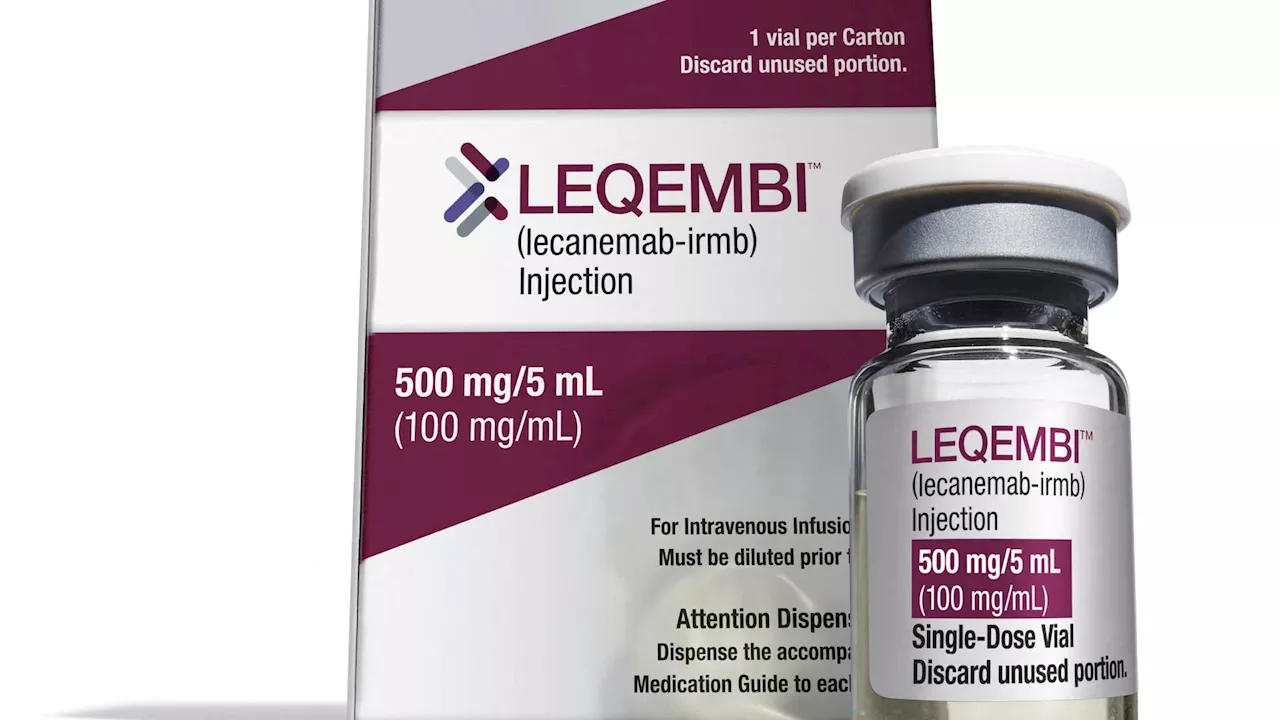Scientists have turned patient skin cells into brain neurons, revealing key Alzheimer's insights.
Scientists have developed a method to 'transform' patient skin cells into brain neurons, enabling the study of Alzheimer's disease without the need for a brain biopsy.This method has led to the discovery of a drug able to fight the damage in late-onset Alzheimer's disease.
The Alzheimer's patients' spheroids rapidly developed amyloid beta deposits and tau tangles between neurons. Genes associated with inflammation were activated, followed by neuronal death, mirroring brain scans of actual patients.In contrast, spheroids from older, healthy donors showed minimal amyloid deposition, indicating that the technique effectively captures age-related effects.
Indonesia Berita Terbaru, Indonesia Berita utama
Similar News:Anda juga dapat membaca berita serupa dengan ini yang kami kumpulkan dari sumber berita lain.
 Alzheimer’s Imaging Breakthrough: Fluorescent Sensors Penetrate Blood-Brain BarrierScience, Space and Technology News 2024
Alzheimer’s Imaging Breakthrough: Fluorescent Sensors Penetrate Blood-Brain BarrierScience, Space and Technology News 2024
Baca lebih lajut »
 Alzheimer's Breakthrough As Nasal Spray May Boost MemoryA new nasally-administered antibody therapy could present a new way forward in treating degenerative brain conditions.
Alzheimer's Breakthrough As Nasal Spray May Boost MemoryA new nasally-administered antibody therapy could present a new way forward in treating degenerative brain conditions.
Baca lebih lajut »
 Shares of Japan's Eisai tumble after EU rejects Alzheimer's drugShares of Japan's Eisai tumble after EU rejects Alzheimer's drug
Shares of Japan's Eisai tumble after EU rejects Alzheimer's drugShares of Japan's Eisai tumble after EU rejects Alzheimer's drug
Baca lebih lajut »
 European drug regulator rejects Alzheimer's treatment Leqembi from Biogen, EisaiThe committee said Leqembi’s effect on delaying cognitive decline does not outweigh “the risk of serious side effects associated with the…
European drug regulator rejects Alzheimer's treatment Leqembi from Biogen, EisaiThe committee said Leqembi’s effect on delaying cognitive decline does not outweigh “the risk of serious side effects associated with the…
Baca lebih lajut »
 European drug regulator rejects Alzheimer's treatment Leqembi from Biogen, EisaiThe committee said Leqembi's effect on delaying cognitive decline does not outweigh 'the risk of serious side effects associated with the medicine.'
European drug regulator rejects Alzheimer's treatment Leqembi from Biogen, EisaiThe committee said Leqembi's effect on delaying cognitive decline does not outweigh 'the risk of serious side effects associated with the medicine.'
Baca lebih lajut »
 EMA Refuses Marketing Authorization for Alzheimer's DrugLeqembi's EU-wide marketing authorization was refused because the drug's effect on delaying cognitive decline does not counterbalance the risk for serious adverse events.
EMA Refuses Marketing Authorization for Alzheimer's DrugLeqembi's EU-wide marketing authorization was refused because the drug's effect on delaying cognitive decline does not counterbalance the risk for serious adverse events.
Baca lebih lajut »
